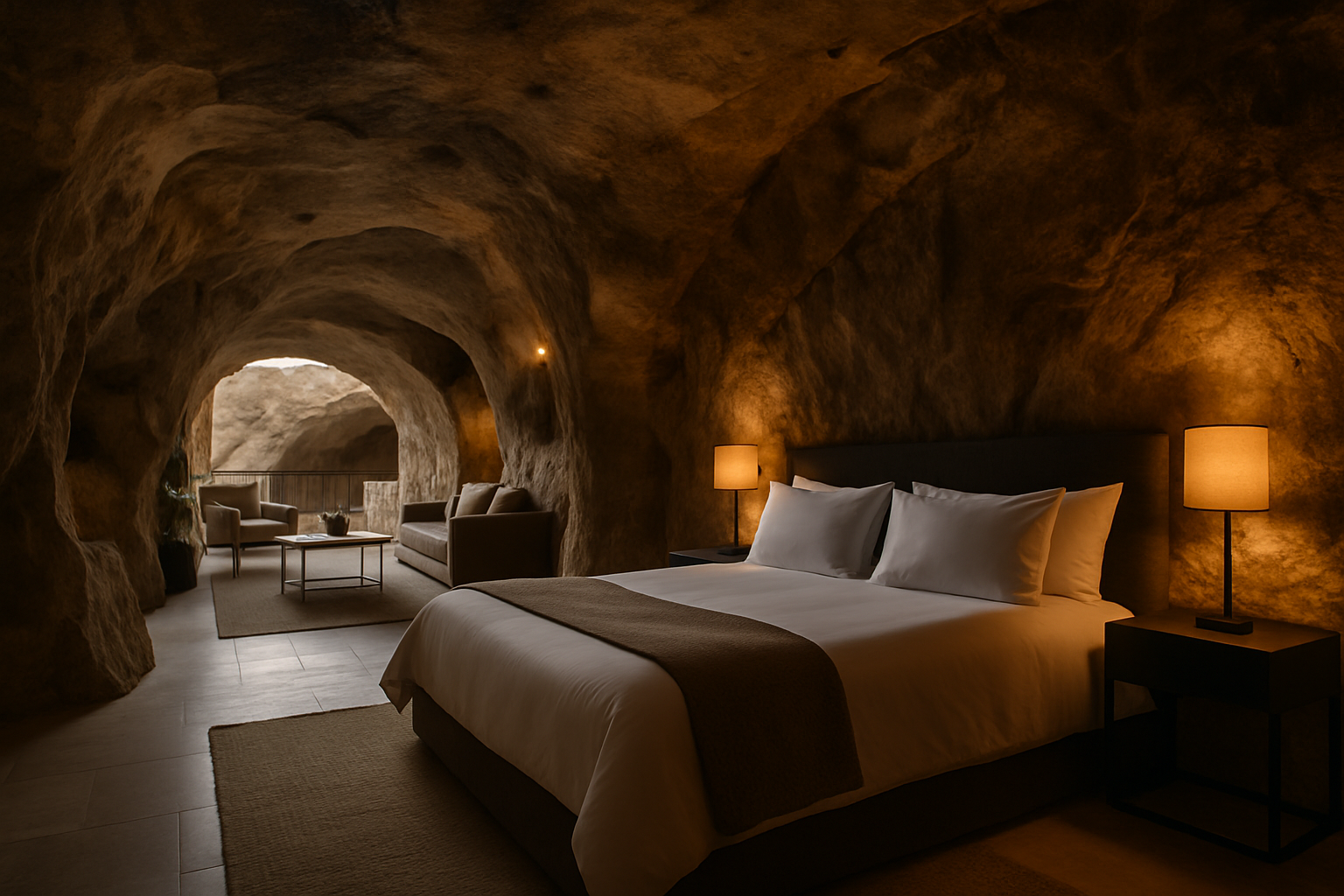Subterranean Splendors: Exploring the World's Most Captivating Cave Hotels
Delve into the fascinating realm of cave hotels, where ancient geology meets modern luxury. This unique accommodation trend offers travelers an unforgettable experience, blending natural wonders with comfort and style. From repurposed cave dwellings to purpose-built subterranean resorts, these extraordinary lodgings are redefining the concept of immersive travel.

A Journey Through Time and Earth
The concept of cave dwellings dates back thousands of years, with evidence of human habitation in natural caverns found across the globe. In regions like Cappadocia, Turkey, and Matera, Italy, entire cities were carved into soft rock formations, creating intricate networks of homes, churches, and communal spaces. Today, many of these historical sites have been transformed into unique hotels, allowing guests to experience a slice of ancient life while enjoying modern amenities.
Architectural Marvels: Designing Within Nature’s Constraints
Creating a hotel within a cave presents unique architectural challenges and opportunities. Designers must work with the existing geological structure, incorporating natural features like stalactites and rock formations into the overall aesthetic. Lighting plays a crucial role in cave hotel design, with architects employing innovative techniques to illuminate spaces while maintaining the cavern’s atmosphere. Many cave hotels also focus on sustainability, utilizing the earth’s natural insulation properties to reduce energy consumption.
Luxury Beneath the Surface
Contrary to what one might expect, many cave hotels offer luxurious amenities rivaling those of high-end surface establishments. From spa treatments utilizing mineral-rich cave waters to gourmet restaurants set in dramatic underground chambers, these hotels prove that subterranean living can be both comfortable and indulgent. Some cave hotels even feature underground swimming pools, creating surreal aquatic experiences within the earth’s embrace.
Cultural Immersion and Local Impact
Cave hotels often serve as gateways to unique cultural experiences. In many cases, these accommodations are integral parts of local communities, providing employment opportunities and preserving traditional ways of life. Guests can participate in cultural activities, from pottery making in Cappadocia to exploring ancient cave paintings in the Dordogne region of France. The rise of cave hotels has also contributed to the revitalization of some areas, breathing new life into abandoned or neglected cave dwellings.
Unearthing the Best Cave Hotel Experiences
• Look for UNESCO World Heritage sites: Many cave hotels are located in areas recognized for their cultural or natural significance.
• Consider the season: Cave temperatures remain relatively constant year-round, but some regions may have limited accessibility during winter months.
• Embrace the darkness: Pack a small flashlight or headlamp for nighttime navigation in dimly lit cave environments.
• Book well in advance: Many cave hotels have limited rooms and can fill up quickly, especially during peak travel seasons.
• Inquire about guided tours: Some cave hotels offer exclusive access to nearby archaeological sites or hidden caverns.
As travelers continue to seek out unique and immersive experiences, cave hotels stand out as a truly one-of-a-kind option. These subterranean sanctuaries offer a perfect blend of history, nature, and luxury, allowing guests to connect with the earth in ways they never imagined. Whether nestled in the fairy chimneys of Cappadocia or carved into the cliffs of Santorini, cave hotels provide an unforgettable journey into the heart of our planet’s geological wonders.





